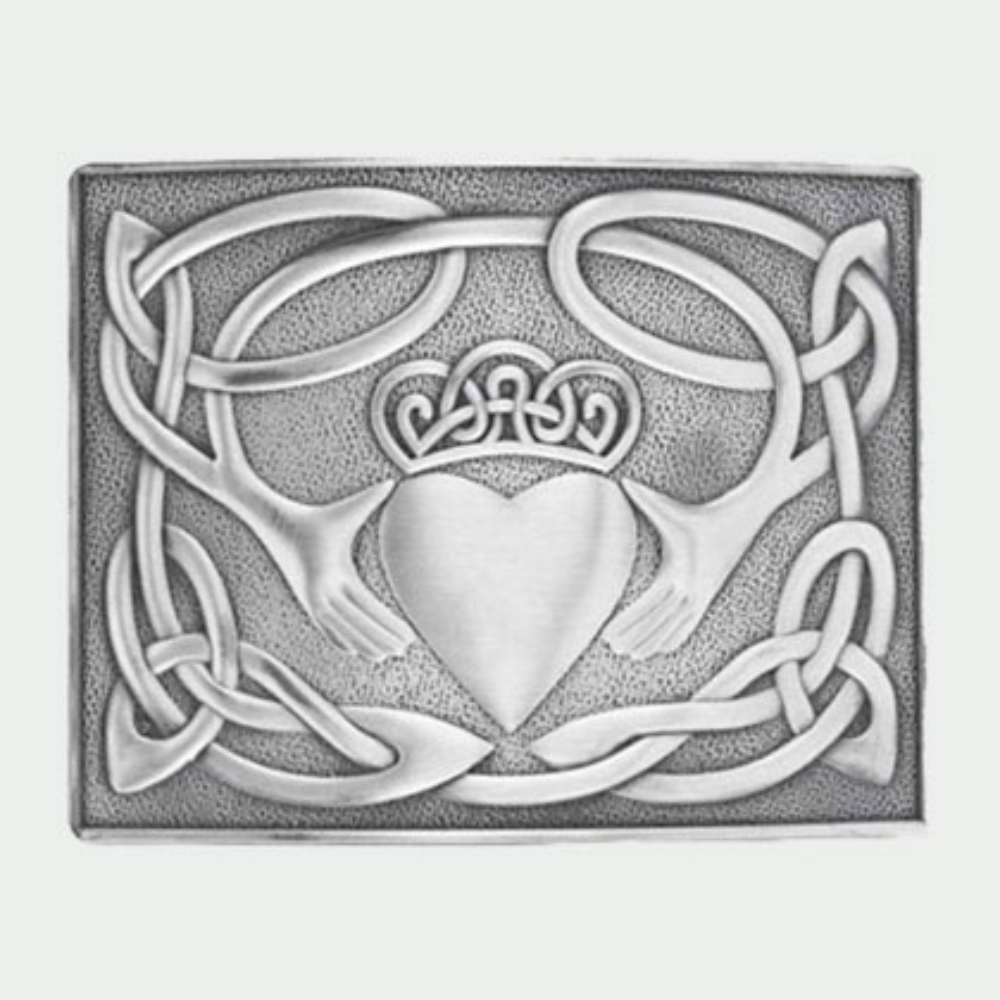
The Celtic Kilt Belt Buckle is an important part of Scottish culture. It has a long history that connects to the traditions of the Celts. The Celts were ancient people who lived in Scotland and other parts of Europe. They had a rich culture filled with art, music, and storytelling. The Celtic Kilt Belt Buckle is a symbol that carries on this cultural heritage.
In ancient times, the Celts used symbols to represent important ideas. These symbols were often carved into stones, metal, and other materials. The designs on Celtic Kilt Belt Buckles are inspired by these ancient symbols. One common design is the Celtic knot. This knot has no beginning or end, symbolizing eternity and the interconnectedness of life.
The kilt itself is a traditional Scottish garment that dates back to the 16th century. It is a knee-length skirt with pleats at the back, made from woolen cloth. Kilts are often worn during special events, like weddings or celebrations. The Celtic Kilt Belt Buckle is worn with the kilt to complete the outfit. The buckle is not just a decorative piece; it also helps to keep the kilt in place.
Over the years, the design of the Celtic Kilt Belt Buckle has evolved. However, it still carries the essence of ancient Celtic art. The buckle is usually made from metal, such as silver or pewter, and often features intricate patterns. Some buckles even include the thistle, the national flower of Scotland, as part of the design.
The Celtic Kilt Belt Buckle is more than just an accessory; it is a link to Scottish history and heritage. It is worn with pride by people who want to celebrate their Scottish roots. Whether at a formal gathering or a cultural event, the buckle adds a touch of tradition to the kilt outfit.
Today, the Celtic Kilt Belt Buckle is popular not only in Scotland but around the world. People who are interested in Celtic culture or have Scottish ancestry often choose to wear this buckle. It is a way to honor the past and keep the traditions alive. The buckle serves as a reminder of the strength, resilience, and artistry of the Celtic people.
Choose options

